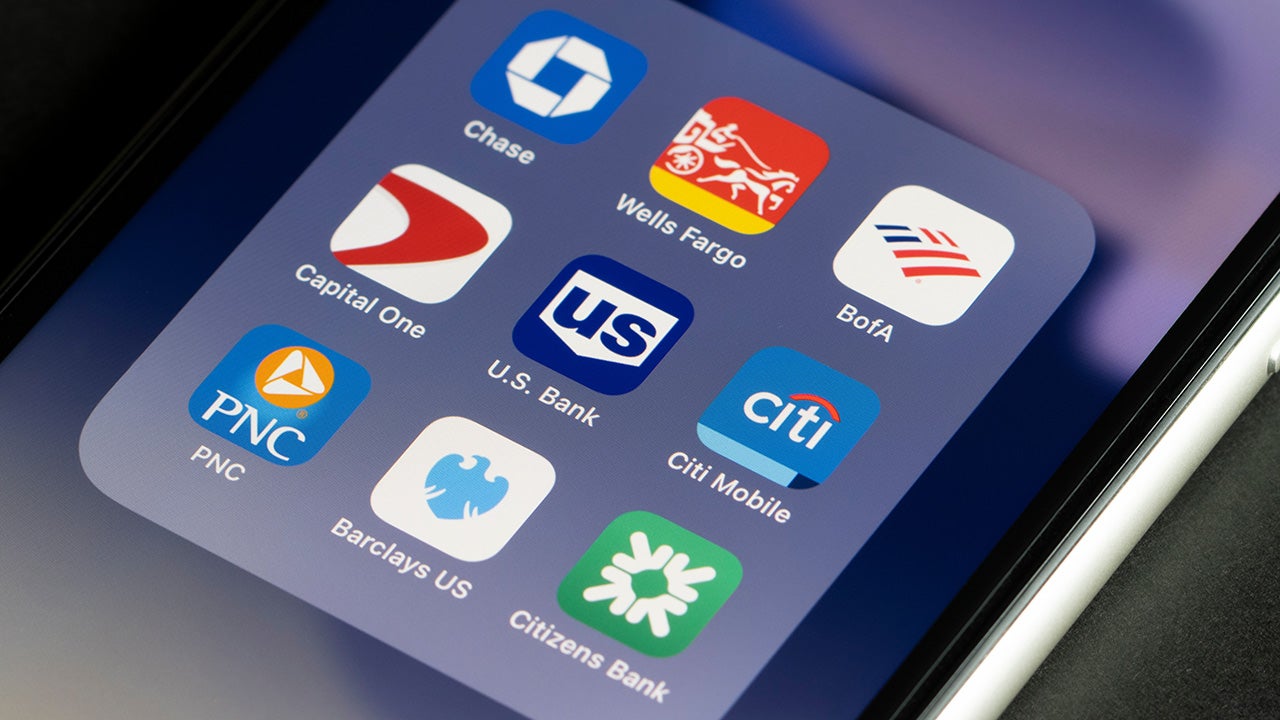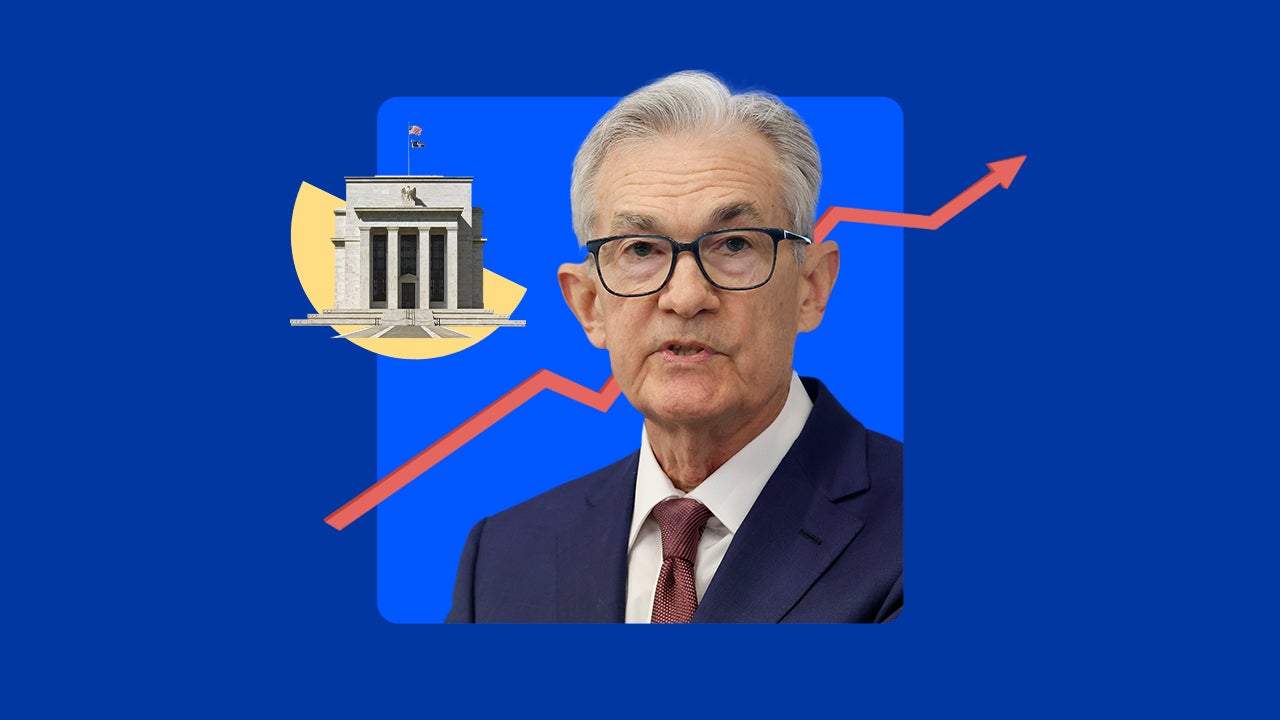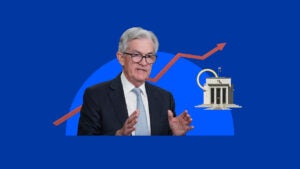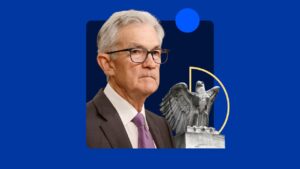5 key themes to watch for at the Fed’s July meeting

President Trump demanded it. The markets wagered for it. Now, the Federal Reserve looks set to deliver it: an interest rate cut for the first time in more than a decade.
Officials on the Federal Open Market Committee (FOMC) are days away from their next meeting on July 30-31, and they’re signaling to markets and Fed watchers alike that they’re about to lower borrowing costs.
Fed Chairman Jerome Powell emphasized the number of downside risks threatening the economic expansion, while Vice Chair Richard Clarida and New York Fed President John Williams have stressed the importance of lowering rates before the U.S. economy stumbles. Meanwhile, St. Louis Fed President James Bullard has already admitted that he’ll be advocating for a cut when officials next enter the board room.
Policymakers are juggling several uncertainties, including a slowdown in global growth, a decline in business investment, as well as the ever-present concerns surrounding trade disputes and low inflation. Lowering rates now would help provide a boost to the economy, so it can be better equipped to fight off a possible downturn.
Though the U.S. economy doesn’t look like it’s about to hit a wall, you’ll want to play close attention to this meeting. Whether you’re a borrower, saver or investor, these developments could all prove to have a substantial impact on your finances. And, for the first time in seven months, officials look like they’re no longer content with just sitting on their hands.
Here are five key themes to keep an eye on ahead of the Fed’s interest rate announcement on July 31 at 2 p.m. in Washington.
1. A rate cut is (most likely) coming
Policymakers and Powell threw in the towel on their “patient” approach to interest rate adjustments at the conclusion of the Fed’s last meeting on June 18-19. Since then, they’ve spent the interim between meetings teeing up the markets and consumers for a cut.
The Fed chief told journalists following the Fed’s June 19 announcement that officials had seen an increased need for more accommodative policy. The committee also updated its projections, which showed that eight officials had penciled in at least one cut for this year.
With interest rates at historic lows, officials say easing is meant to “help cushion the effects of possible future adverse shocks to the economy,” according to the records of the Fed’s meeting. In other words, it’s a form of taking out insurance to help prop up the economy in case the downside risks take hold.
“If there is a big trade war or just a sharp slowdown in global growth, then the economy is going to slow a lot,” says Bill English, finance professor at the Yale School of Management who is also a 20-year Fed veteran. “Since monetary policy takes time to work, it’s good to get some accommodation into the pipeline now as a form of risk management.”
Markets ran with the news, betting with absolute uncertainty that the Fed would ease in July, according to CME Group’s FedWatch tool. And in the weeks since, that expectation has held up — even after a stronger-than-expected June jobs report.
Powell in his semiannual testimony to Congress emphasized the many headwinds threatening the current expansion, telling lawmakers that the Fed would keep the expansion going “as long as possible.” He also admitted that current policy has been more restrictive than officials initially thought.
“The Fed has made it clear they’re going to cut rates at the end of the month,” says Greg McBride, CFA, Bankrate chief financial analyst. “What he didn’t say was far more important than what he said.”
The Dow broke the 27,000 level for the first time in its history on Powell’s comments, while the S&P 500 briefly topped 3,000.
“A rate cut is baked into the markets’ expectations,” says Lindsey Piegza, chief economist at Stifel Nicolaus. “Normally, the chairman would’ve taken the opportunity to walk back expectations closer to the 50-50 mark. Seeing that fed funds futures were pricing in” a 100 percent chance that the Fed would ease in July, “he had an obligation to do that, and he did not. … It would be extremely difficult now if they didn’t in fact follow through.”
2. How much of a cut can be expected?
But the debate for Fed officials in July isn’t just going to be “To cut or not to cut.” Instead, the debate will likely lean more toward “To cut and by how much?”
Markets see two options: a cut by 25 basis points, which would be a reduction by 0.25 percent, or a cut by 50 basis points, which would be half of a percentage point. Investors are more aligned in the 25 basis points camp, with 77.5 percent of market participants betting that this will be the outcome. Nearly 23 percent, however, are betting that the Fed will take the more accommodative option.
“If I had to use historical references as my guide post, 25 basis points is most likely,” says Neil Dutta, head of economics at Renaissance Macro Research. “Historically, 50 basis point rate cuts are typically reserved for crises-type events, when the economy is sort of running into a recession. We are in neither of those situations, and cutting by 25 basis points still satisfies the Fed’s preemptive approach — taking out some insurance against downside risks.”
Bullard, who has long championed the Fed’s more accommodative policy measures, said on June 25 that a 50 basis point rate cut would be “overdone,” adding that the Fed doesn’t need to take extreme action but merely provide extra stimulus to the U.S. economy.
If the Fed, however, did cut interest rates by half of a percentage point, it may signal their true perceptions about the U.S. economy’s strength moving forward.
“You can’t rule out 50 basis points,” Dutta says. “But going 50 in my mind would indicate that they think the downside risks they’re talking about are much closer to potential outcomes than they’re letting on.”
If the Fed were to slash rates by half of a percentage point — an outcome that McBride isn’t expecting — it might spark a mixed market reaction, he says.
“It wouldn’t be a good sign if the Fed cut rates by half of a percentage point,” McBride says. “The immediate reaction on Wall Street may differ, but make no mistake, if the Fed is aggressively cutting rates because the economy is in trouble, that’s ultimately going to catch up with the stock market, no matter how much investors may cheer lower rates in the short term.”
3. Will there be any dissenters to a rate cut?
Some officials, however, have signaled that they are not willing to support a cut of any nature. Boston Fed President Eric Rosengren, who has a vote on this year’s FOMC, signaled that he wasn’t ready to cut interest rates at the July meeting, urging in a July 19 interview with CNBC that officials let data do the talking.
“As long as the economy’s doing well, if that continues, we don’t need accommodation,” Rosengren said. “If we are going into what is clearly a downturn, you want to act aggressively. And the reason for that is because we don’t have that much room before we hit zero interest rates. … I’m not convinced that the data that we’re seeing right now shows that.”
Though Rosengren later cautioned in an interview with The Wall Street Journal that he’d make his official decision at the time of the policy meeting, it may suggest that the Fed official isn’t on board — and could dissent, if the Fed does indeed vote for a rate cut.
Kansas City Fed President Esther George has also previously expressed such views. Meanwhile, Atlanta Fed President Raphael Bostic and Richmond Fed President Thomas Barkin have also pushed back against the idea of a rate cut.
Though these officials don’t have a vote this year, they could still contribute to discussions. Minneapolis Fed President Neel Kashkari said he “advocated” for an interest rate cut during the June 18-19 gathering.
“There are dissents, and people explain why they dissented, and the committee moves on,” English says. “These are tough judgment calls. It wouldn’t be surprising if people came out in different places or had somewhat higher or lower thresholds for what information they need to see to make a decision to cut rates.”
4. Watch for changes to balance sheet drawdown plans
At the same time, a rate cut at this point in the cycle of Fed policy may be surprising. The Fed is still in the midst of tapering down its total assets and liabilities on its balance sheet — including the Treasuries and mortgage-backed securities it purchased to push long-term interest rates down during the Great Recession.
Just as the large-scale asset purchases were deemed “quantitative easing,” many experts have called its subsequent drawdown “quantitative tightening.” It’s ironic, Piegza says, that the Fed would cut rates at a time when it’s currently completing an aspect of policy seen as restrictive.
“This newfound willingness to cut rates seems a little out of whack,” she says. “You’re trying to prop up the economy at the same time that you’re trying to squeeze out some of the support.”
The Fed announced in March that it would start tapering off its holdings in May, and by September, it would officially end the program. There’s been no signaling from officials that they could chose to halt the drawdown sooner, but any such mention would be notable — especially if the Fed does indeed decide to go for a more drastic, 50 basis point cut.
“All bets are off,” Piegza says. “They don’t seem to be following by the typical Federal Reserve script. If they decide to go with a more aggressive rate cut, they would have to also announce an immediate end to quantitative tightening. Otherwise, it just doesn’t make sense.”
5. Where will the Fed go next?
With a rate cut at the July meeting pretty much a done deal, you’re likely going to want to know where the Fed will go next.
The Fed’s so-called dot plot shows that seven officials are expecting to lower rates by half of a percentage point. If Fed officials cut by a quarter of a percentage point on July 31, doing the math shows officials see one more rate cut as fair game for this year — granted that the U.S. economy evolves as they’re expecting.
For this reason, it’s important to watch how the Fed characterizes the U.S. economy, Dutta says.
“I’d be curious to see how they kind of assess the economic situation, how they assess inflation expectations,” Dutta added. “The economic data since their last meeting has been reasonably healthy, and I’m curious to see how their economic assessment may have changed.”
Communication in this Fed regime is extra difficult, English says. Officials are trying to walk the tightrope between cutting rates but still showing markets they’re confident about the U.S. economic outlook.
“You wouldn’t want markets to think that the committee is really worried, that this is the beginning of an easing cycle and we’re going to go back to the zero bound,” he says. “You want to give a sense that the committee is moving to make modest adjustments to monetary policy to better achieve its goals, but not that they think the bottom is going to fall out of the economy. They’d have to provide some reassurance that they still think the economy is on track.”
The majority of investors are expecting the Fed to cut rates at every subsequent meeting, judging from FedWatch. But don’t be fooled by that expectation, McBride says. That could just be because investors are trying to make money by hedging their bets, not because they actually expect the Fed to cut.
After the July meeting, officials could cut one additional time this year, judging from the Fed’s dot plot.
“If the data seems to be holding steady and the markets seems pretty comfortable with the 25 basis points, they may try to wait an additional month or two,” Piegza says. But if “the data deteriorates or if the Fed is concerned about the outlook,” it may occur sooner.
If you’re trying to spot whether Fed officials are leaving the door open for more rate cuts, pay attention to how they characterize the U.S. economy. They could say something like, “We’re still monitoring closely. We’re willing to do more if we think it’s appropriate to do more,” English says.
Markets could very well be choppy, as the Fed figures out how to communicate its intentions, Dutta says. If the Fed “does its communications properly,” the markets will likely react strongly on the news of a rate cut on July 31. And if the Fed goes beyond the expected 25 basis point cut, it should mean “looser financial conditions, all else equal,” Dutta says.
“The question is: Does the prospect of a deeper Fed cut mean that the Fed has reassessed its outlook for growth expectations, maybe thinking growth is a lot worse than it currently looks, in which case equities wouldn’t like the news,” Dutta says. “It’s really about how they communicate it, and there are so many variables. If they cut, all else is equal,” and the markets should cheer the message. “But all else is never equal in the real world.”
What the Fed’s decision may mean for your money
Even if the Fed does cut interest rates for the first time in more than a decade, it would be a modest Fed move. That means the impact might not be as dramatic as you may think, McBride says.
The Fed has raised rates nine times since 2015, with four of those adjustments occurring just last year. If U.S. central bankers announce a 25 basis point cut on July 31, it would simply unwind one of those hikes.
“Rates are still higher than they were a few years ago,” McBride says. “Your home equity line of credit is still going to be 2 percentage points higher than it was. Credit card rates are still going to be 2 percentage points higher. A rate cut really isn’t going to make much difference to either savers or borrowers.”
How much might a rate cut boost the economy?
There’s also the question of how much stimulus a rate cut could actually provide to the U.S. economy. A nationwide Bankrate poll conducted in July found that 72 percent of respondents said they would not borrow money if the Fed cut rates in July.
On the other hand, interest rates are also at historic lows, making it harder for the Fed to fight future downturns if they use up all of their firepower now.
“The economy is not falling off of a cliff,” Piegza says. “It’s very good the Fed is aware of the weakness, and they’re willing to give some of that stimulus back, but at the same time, we only have 250 basis points to give back. … The Fed has to be careful. You don’t want to burn through all of your tools at once.”
Money moves to consider
Depending on whether you’re a borrower, saver or investor, you next steps may be different. For investors, it’s important that you stay focused on long-term goals, according to McBride.
“See how the winds have shifted within the last year,” McBride says. “Markets fell 21 percent last fall and have since rebounded to set new record highs. We’ve gone from the Fed raising rates to now the Fed cutting rates. If you’re trying to outguess the Fed or the economy, you’re going to get completely whipsawed. Sit back and maintain your long-term perspective, and continue to invest for the long haul.”
Borrowers may see a brief reprieve in their credit card or auto loan rates, if the Fed does indeed cut. But for savers, it’s important to take the steps now to build up your emergency savings. Just as the Fed is cutting interest rates to act as a form of insurance in case the economy stumbles, you should be building up your funds as well. Experts typically recommend storing three to six months’ worth of expenses in a high-yield savings account.
“Whether interest rates are rising or falling, you need emergency savings, and an overwhelming majority of Americans don’t have enough,” McBride says. The Fed cutting rates “doesn’t change the tactic or the need.”






